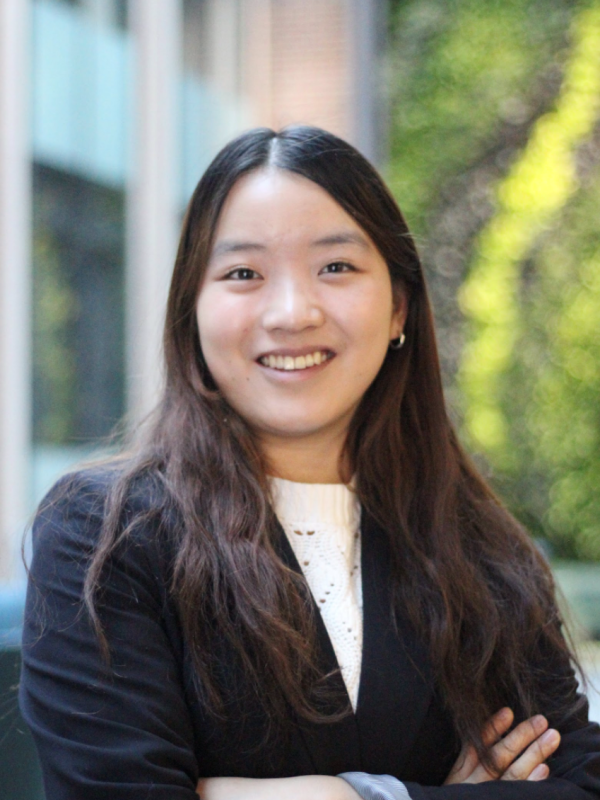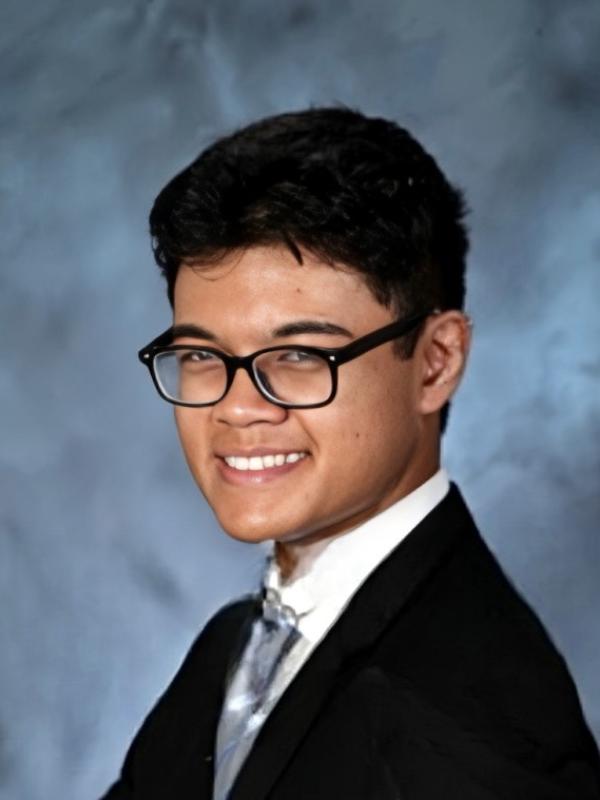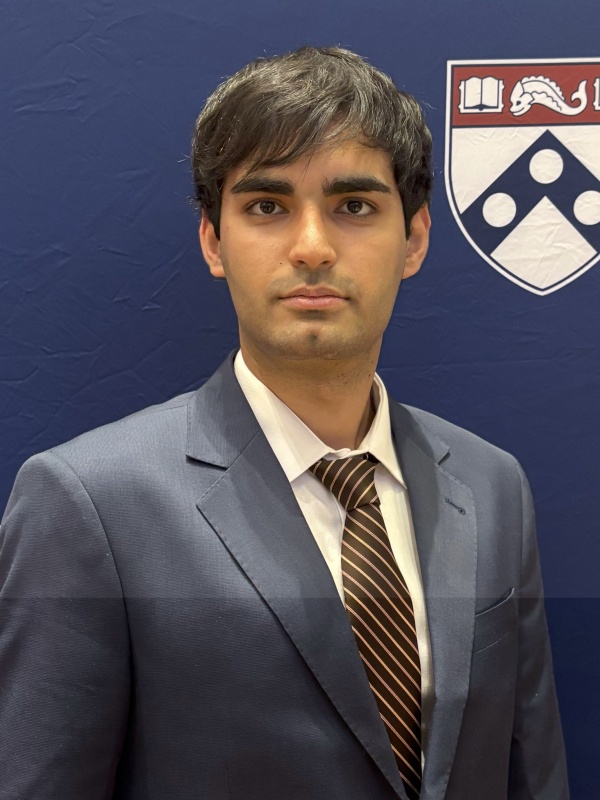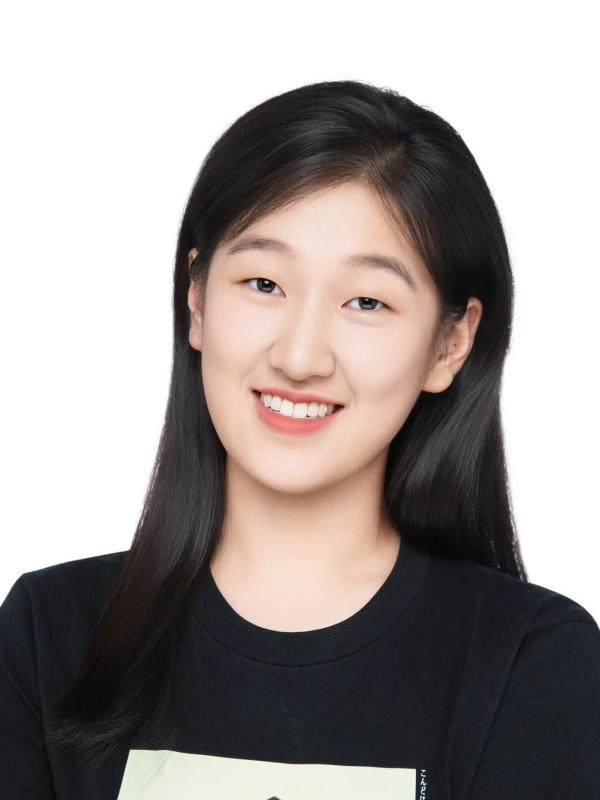
Athallah Ikrar
I am interested in studying pharmaceuticals, whether it be the manufacturing, business, or law. I am also interested in cultural research, particularly in relation to my home country, Indonesia. As of right now, I am a part of the Penn Political Review on campus, as well as the PEER mentoring program.
- QuestBridge Match Scholar
- Penn Named Scholarship

Amin Yarahmadi
I am deeply interested in neuroscience, with a focus on the biological and therapeutic mechanisms underlying neurological disorders. In high school, I worked as a lab technician at GenIran Labs, contributing to research on glioblastoma and serving as third author on the paper “Impact of GRM7 Gene Variations on Glioblastoma Risk in the Iranian Population.” Alongside this experience, I conducted independent research on transcutaneous auricular vagus nerve stimulation (taVNS) and vagus nerve stimulation (VNS), which strengthened my interest in neuromodulation as a potential treatment pathway.
Now a freshman at the University of Pennsylvania and a UScholar, I hope to pursue a concentration in neuroscience while expanding my research in neurogenetics and neurostimulation. Outside the lab, I engage in activities that connect science and community, such as mentoring, volunteering, and attending neuroscience seminars to stay current on advances in the field.


Addressing the needs of multilingual families of an autistic child
Seeking a bilingual (Spanish/English) research assistant to help with several research projects related to the needs of multi-lingual families of a child affected by autism. Gain clinical research experience at CHOP!
Deep Learning Medical Image Formation
Using physics-informed deep learning algorithms to improve image quality in computed tomography and cone-beam computed tomography
Decode Human Brain Development with Organoids and Spatial Transcriptomics
We focus on the development and disorders of the human cerebral cortex. Our research integrates two complementary human-based approaches: spatial transcriptomics analysis that preserves gene expression and spatial context in human brain tissue, and human stem cell-derived brain organoids that provide dynamic, experimentally tractable models. By benchmarking organoids to human reference maps, we aim for biologically meaningful insight.
- Page 1
- Next page



